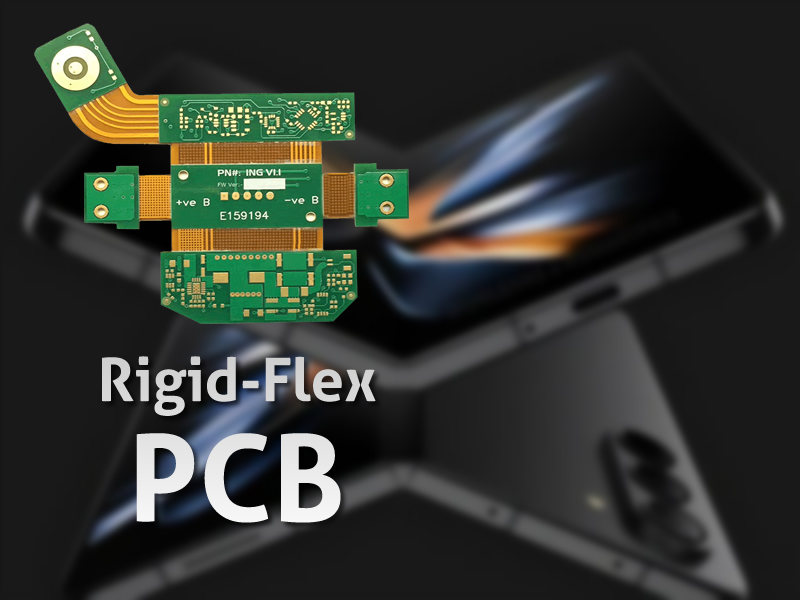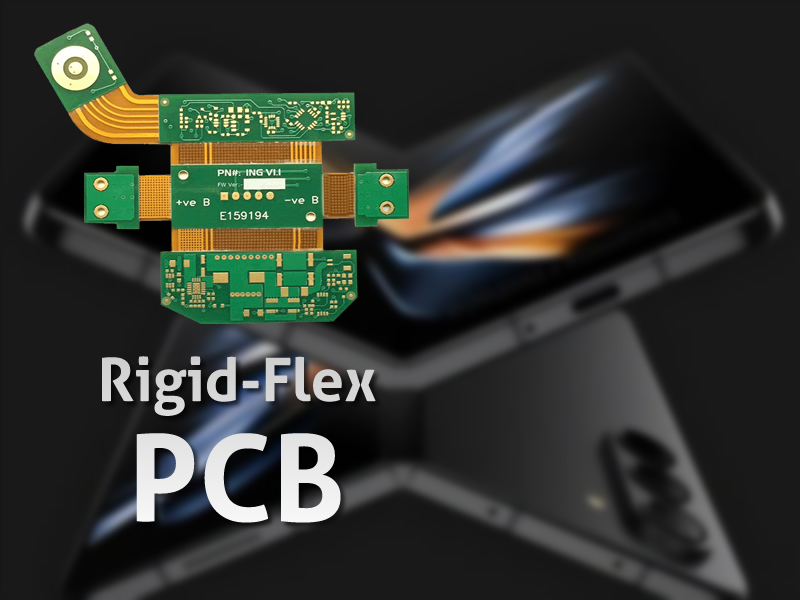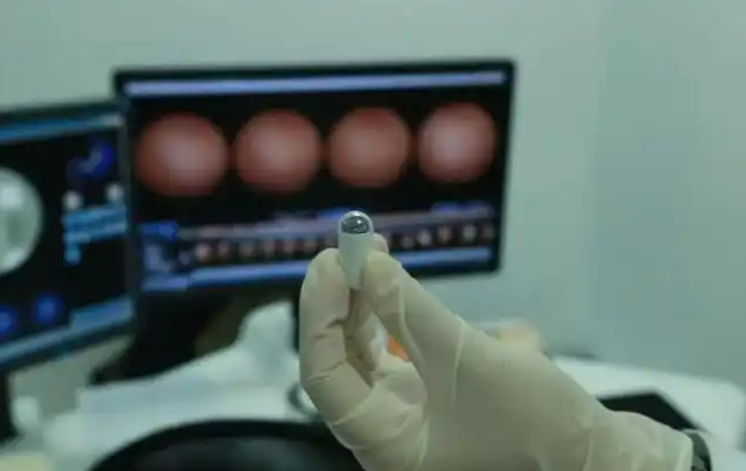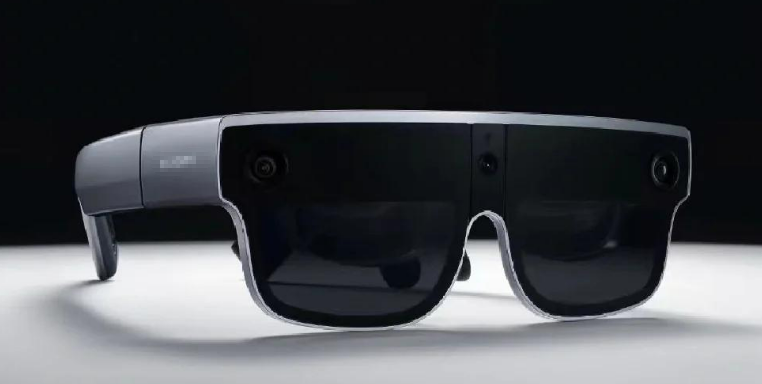News
Site Editor
 Site
/uploads/image/667d0e0257f45.png
Site
/uploads/image/667d0e0257f45.png
Rigid-Flex PCBs: Decoding the Dual-Nature Secret Behind Next-Gen Electronics
Views: 1448
Author: Site Editor
Publish Time: 2025-04-02
Origin: Site
From the seamless folding of smartphones to the precise movements of surgical robots, and the stable signal transmission in drones navigating complex environments, rigid-flex printed circuit boards (PCBs)are quietly revolutionizing electronics. Merging the stability of rigid boards with the flexibility of soft circuits, this hybrid technology is redefining design possibilities for cutting-edge devices.

Three Core Types for Diverse Applications
Rigid-flex PCBs adapt to engineering challenges like "shape-shifters," with three primary configurations:
Single-Sided double layer Rigid-Flex Boards
Structure: Single-layer flexible substrate bonded to rigid sections via precision lamination (thickness: 0.2–0.4 mm).
Applications: Hinge circuits in TWS earbuds, smartwatch biosensors, and ultra-thin wearables.
Multilayer Rigid-Flex Stackups
Tech Edge: 3D stacking with 10+ conductive layers, impedance control (±5%), and HDI (High-Density Interconnect) routing.
Use Cases: 5G mmWave antenna arrays, satellite communication modules, and aerospace avionics.
Reinforced Hybrid Boards
Innovation: Stainless steel or polyimide stiffeners in bend zones, achieving >200,000 flex cycles.
Success Stories: Foldable smartphone hinge circuits, multi-axis industrial robotics.
Five Game-Changing Advantages
Rigid-flex PCBs outperform traditional PCBs by delivering unparalleled value:
3D Spatial Mastery
Enable 30°–180° bending to boost space efficiency by 40%+. DJI’s latest drone controllers saved 120g using this topology.
Enhanced Reliability
Eliminate connectors and solder joints, reducing vibration-induced failures by 70%. Tesla’s BMS modules with rigid-flex tech achieved IP67 waterproofing.
Lifecycle Cost Savings
Initial costs rise 15%, but assembly steps drop 30%, with 20% lower lifetime expenses due to reduced rework.
High-Frequency Prowess
LCP (Liquid Crystal Polymer) substrates cut transmission loss by 3dB at 77GHz for automotive radar systems.
Micro-Scale Engineering
mSAP (modified Semi-Additive Process) enables 25μm line spacing, shrinking hearing aid circuits to 1/3 their original size.
Four Frontier Applications Shaping Tomorrow
Medical Breakthroughs
Biocompatible rigid-flex boards power ingestible endoscopes, transmitting 2Gbps video in gastric acid for 72+ hours.

 EV Innovation
EV Innovation
High-temperature-resistant boards connect 800V battery modules, enduring 150°C for decade-long durability.
 Space Tech
Space Tech
Polyimide/copper-nickel boards on LEO satellites operate flawlessly between -180°C and +120°C.
 Metaverse Interfaces
Metaverse Interfaces
AR glasses use ultrathin rigid-flex boards to deliver 4K resolution at 120Hz with zero signal loss.

Engineer’s Toolkit: Key Selection Criteria
Navigate technical specs with these guidelines:
Flex Cycles: >5,000 cycles? Use ENIG (Electroless Nickel Immersion Gold).
Temperature: >150°C? Choose Teflon substrates. High-frequency needs? Modified polyimide.
Signal Integrity: >28GHz? Mandate stripline design + laser-drilled microvias.
Dynamic Bending: Bend radius <3mm? Integrate aramid fiber reinforcement.
Industry Outlook: Prismark forecasts an 11.2% CAGR for rigid-flex PCBs from 2023–2028, driven by automotive and medical tech. Mastering this "dual-nature" technology positions innovators to lead in the connected future.
As devices evolve from mechanical to intelligent, rigid-flex PCBs are rewriting the rules of electronics. They’re not just circuit carriers—they’re strategic enablers of differentiation. Partnering with expert manufacturers could ignite your next breakthrough.





